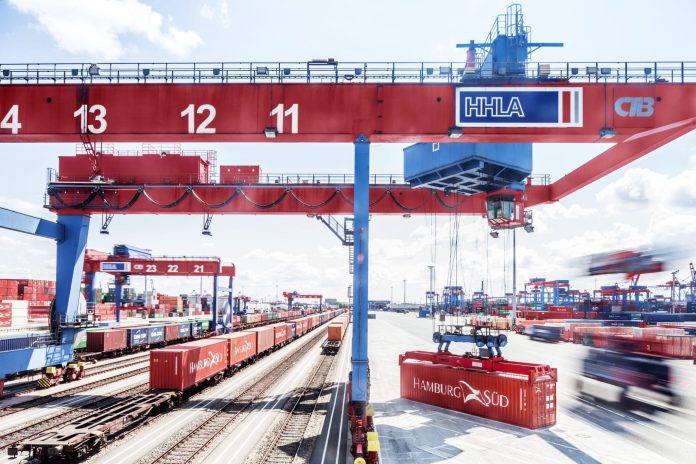Sea ports have become a primary focus for the telecoms sector as it maps out potential customers for private communications networks, particularly as the industrial space at large hits upon the opportunity for new LTE and 5G networks to bring digital advancement.
But networking deployments for ports must, of course, consider various actors in the vacinity. When it comes to designing and managing telecoms infrastructure, there are two of primary candidates in and around the dockyard: the port authority and the terminal operator.
Their roles are different, in terms of reponsibilities in the port, and requirements from a communications network. “It is important to differentiate between them,” explains Matthias Jablonowski, global practice lead for ports and roads at Nokia.
The main difference tends to be that port authorities are, like industrial landlords, managing the port area itself, which is vast and multi-faceted. By contrast, the terminal operator – several of them, in large ports – is managing the cargo in and out of the site. One is facilitating the site-flow for multiple players; the other is handling the goods.
Nokia has just completed a trial of 5G slicing in the Port of Hamburg, Europe’s third-largest port, together with the Hamburg Port Authority and Deutsche Telekom. It is also engaged in a number of private LTE projects with ports in Finland, its homeland, variously with industrial networking specialist Ukkoverkot, port machinery maker Kalmar, and port operator Steveco.
The Port of Hamburg, the third largest port in Europe, is managed by a port authority; smaller ports like those at HaminaKotka, Kokkola, and Oulu in Finland, where Nokia is engaged on private networking assignments, are also managed by terminal operators. “But their requirements are different,” explains Jablonowski.
The main difference is the size of their operations. The Port of Hamburg covers 43 square kilometres, handles about 10 million twenty-foot equivalent units (TEUs), and employs around 10,000 people. Its networking requirements are rather like a city’s, and cover a range of narrowband and wideband use cases.
But the main challenge, arguably, is traffic management, to keep the trains and trucks in flux. “The idea of building a private infrastructure to cover the does not really make economic sense – and it’s not really needed,” says Jablonowski. Instead, port authorities will likely settle for a public network, ideally a slice from a 5G version, as per the recent Hamburg trial.
But private networks are perfect for terminal operators, in charge of loading and unloading ships after docking. There are four in Hamburg, managed by private companies. If the smart-city analogy works for terminal authorities, then the terminal is akin to a digital-factory set-up, with low-latency automation and ultra-reliable controls in order.
Smaller port authorities and especially those operating ports in remote locations, where public connectivity services are not sufficient, also consider private networks.
In addition, private networks are perfect for terminal operators, in charge of loading and unloading ships after docking. There are four in Hamburg, managed by private companies. If the smart-city analogy works for terminal authorities, then the terminal is akin to a digital-factory set-up, with low-latency automation and ultra-reliable controls in order.
“It’s less about wide-area coverage, and more about coverage between the containers – that bandwidth and throughput in the right locations inside the container terminal. For terminal operators, these networks are very important, because their operations rely on it,” says Jablonowski.
“If the network is not operating smoothly, the container handling process inside the terminal slips. They want to keep their data local, inside their terminal, and not just the port. And they want control and independence from the outside world – so if something goes down in the port, their terminal continues to work.”

